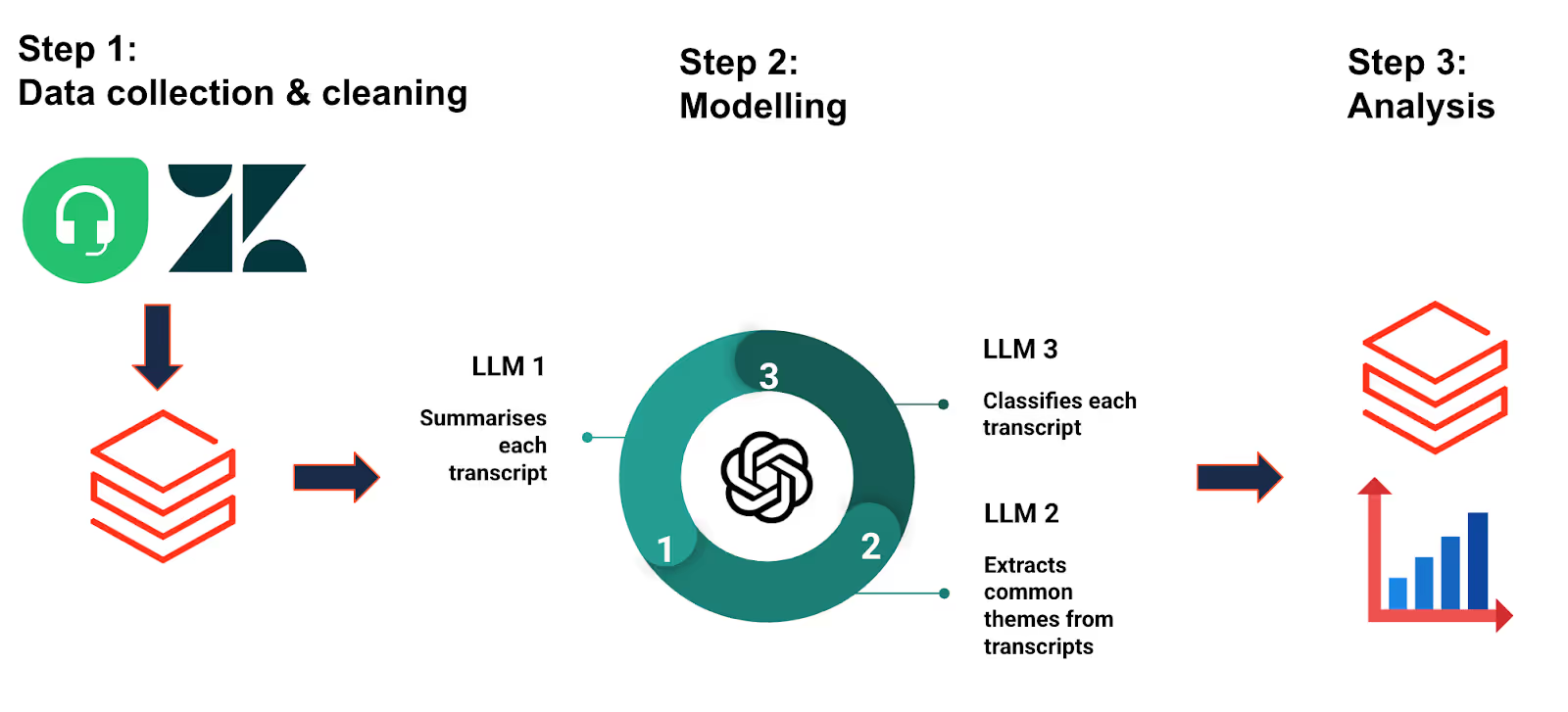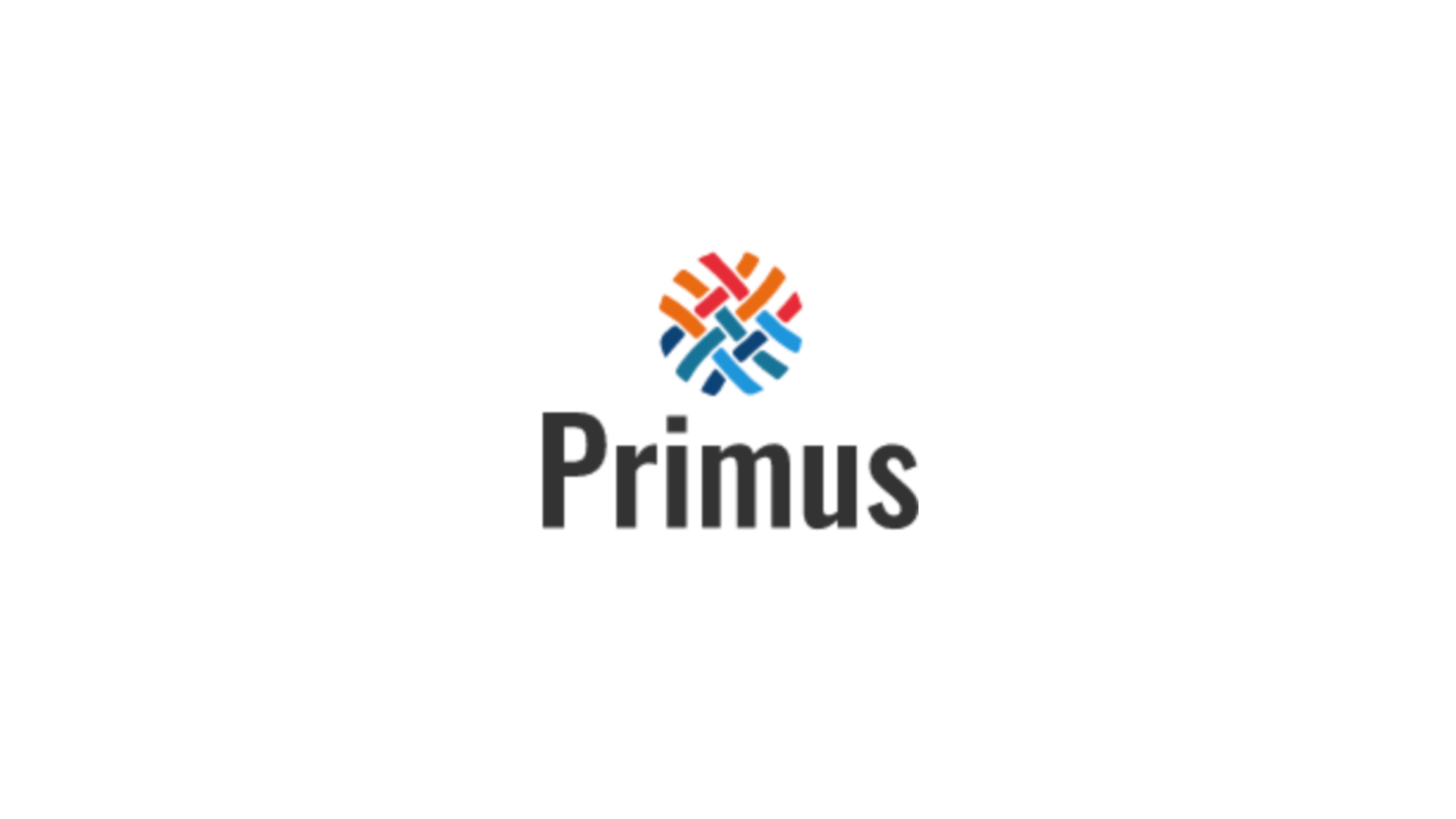How Data Analysts at GetYourGuide use AI to solve customer problems
Explore how data analysts at GetYourGuide leverage AI to transform customer feedback into actionable insights, enhancing the design and content of multi-day tour product pages. Discover the innovative collaboration between analysts and designers to create customer-centric travel experiences.

Key takeaways:
As Data Analysts, we excel at identifying where customers encounter challenges. At GetYourGuide, we use AI to understand what these challenges are by transforming customer feedback into valuable insights. and empowering designers to craft product pages that provide all the essential information customers need before booking an unforgettable experience
Our multi-day trip product pages were underwhelming
In many cases, our multi-day tours are the ‘trip of a lifetime’ — think camping in the Sahara or hiking through the Andes Mountains. They require a huge time and financial commitment and aren’t something you book on a whim. However, the content for these on our site lacked attractiveness in design (think wall of text) and substance, so it needed to be improved.

Our design teams were tasked with making the content more engaging, but we were unsure about what customers want to know before booking. Traditional methods like competitor analysis, user research, and supplier consultations provide valuable insight into this, but they are limited by small sample sizes and lengthy processes. Therefore, as an analyst, the main problem to solve was determining how to efficiently gather a comprehensive list of customer problems that can be addressed by content for multi-day tours from a large sample and prioritise the most critical information.
Becoming an AI-nalyst
We tapped into an underutilized data source: pre-booking supplier contacts and customer care tickets. Here, we had access to the voices of thousands of potential customers with real problems preventing them from booking. By leveraging this data, we developed a process using AI to identify common themes and quantify them for prioritisation, enabling us to better understand and address customer needs, addressing all problem areas.

We began by gathering all conversations between suppliers and potential customers, focusing specifically on those related to multi-day tours. Using a large language model (LLM) via the OpenAI api, we simplified each conversation. These simplified dialogues were then processed through another LLM to extract common topics and themes. Finally, a third LLM classified each conversation according to the identified themes. This systematic approach enabled us to conduct a straightforward data analysis task, resulting in a prioritized list of insights.
Content powered by the customer
The results were amazing. What could have previously been a very time-consuming task, even with a small sample, was now something that could be done thousands of times over in minutes. A problem from the customer, regardless of language, is simplified, categorised, and prioritised.

Using these insights, we’ve already updated 100 tours with more customer-centric content. What was once a wall of text is now a detailed and visually appealing itinerary, map, images of transport, accommodation, and more — all things requested by customers.

Building bridges between Analysts and Designers
Coming to designers with the actual customer problems and what was largest was a breath of fresh air. We found new problems we hadn’t previously thought about and validated existing assumptions from both designers and found in user research.
“This analysis really helped to identify any gaps in missing information to make sure we were surfacing information that users need,” and “increased our confidence in our own assumptions” - Devang Patel (Senior Product Designer) & Kaitlyn Luckow (Senior Content Designer)
This analysis reshaped how Analytics and UX can collaborate, turning siloed insights into shared problem-solving, shifting us from reactive to proactive, and setting a new standard for collaboration and the quality of insights we deliver. With this sort of collaboration we were then armed with feedback for suppliers enabling them to build their customer centered itineraries, shifting from guesswork to customer-driven content and setting a new bar for relevance and clarity.
Final Remarks
As we look to the future, integrating AI in data analysis opens exciting possibilities for tackling customer problems and enhancing collaboration. For Data Analysts at GetYourGuide, this is just the beginning.
Speaking of collaboration, special thanks to Alessandro Artorelli (Senior Data Analyst), who contributed to the project.




.avif)


